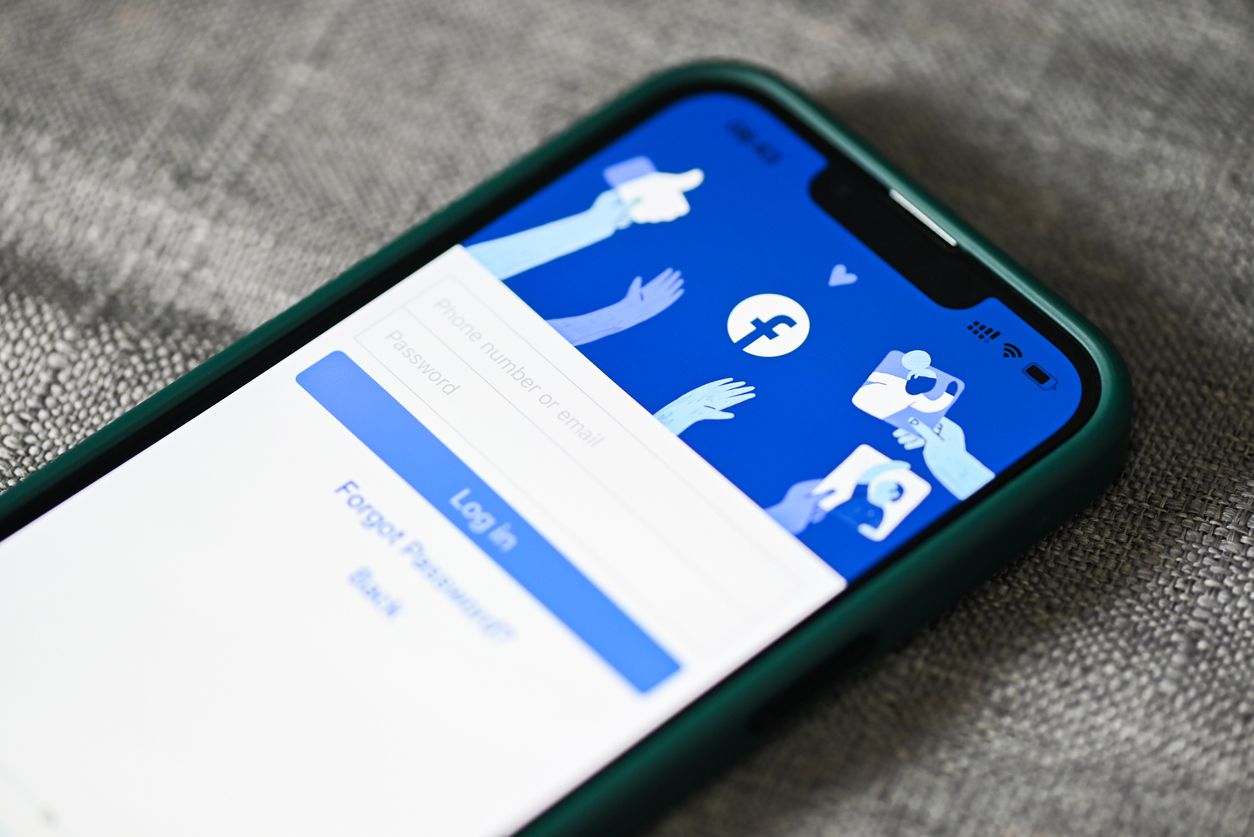- SERVICES
- HIGHER EDUCATION MARKETING
- ENGAGEMENT & ENROLLMENT MANAGEMENT
- STUDENT RECRUITMENT AGENCIES
- PROFESSIONAL EDUCATION & TRAINING
- WHO WE ARE
WHO WE ARE
Learn more about Keystone Education Group, including our leadership structure, why choose Keystone as your educational partner, and company press releases.
QUICK LINKS
- RESOURCES
RESOURCES
Find a range of helpful resources to help with your educational marketing. From on-demand webinars, reports & data, to customer testimonials and our downloadable media kit.
QUICK LINKS
- NEWS
- REQUEST A CALL

Have your Facebook student groups gone quiet? How to leverage student communities
4 min read
|- Keystone Higher Education News
- Have your Facebook student groups gone quiet? How to leverage student communities
While Facebook groups have long been a popular channel for universities to create student communities, the platform has seen a noticeable drop in engagement in its groups.
Fostering student engagement outside the classroom is crucial for creating a vibrant campus community and for recruiting new students.
We take a look at the reasons behind the decline and what alternative channels universities can use to create and manage student groups effectively.
Drops in Facebook engagement
The age demographics of Facebook users have changed significantly in recent years. Younger generations, including Millennials and Gen Z, are turning to alternative social media platforms that offer an experience more compatible with their preferences. Platforms like Instagram, Snapchat, and TikTok have gained immense popularity among these generations, offering a visually engaging and content-driven environment.
The perception of Facebook as a platform primarily used by older adults has played a role in its declining appeal among younger users.
Furthermore, younger generations value authentic connections and experiences. However, the curated and idealized content found on Facebook has led to a perception of inauthenticity.
As a result, younger users may fear missing out on genuine interactions and content, prompting them to seek platforms that provide a more community-led experience.
The importance of user-generated content
When it comes to content marketing, the power of user-generated content is unmatched, and it’s no different with higher education. By employing student ambassadors to participate in the university’s social media presence as a whole, the strategy will promote students’ authentic voices and experiences, improving brand credibility and gaining the trust of prospective students.
This type of content - which can take the form of takeovers, live streams, Q&As, or testimonials - allows prospective students to gain insights into campus life, academic programs, and extracurricular activities from the people who know it best: the students themselves. This authenticity enhances the university’s appeal and fosters a sense of relatability.
To succeed with a student-led strategy, the university’s social media staff shouldn’t relinquish full control, but trusting students is vital. Often, offering simple best practices training is enough to ensure the student ambassadors know what is and isn’t acceptable to publish. From there, they will be free to run with their own ideas and act as a point of connection between the school and future students.
Of course, for a student-based strategy to reach its full potential, it needs to meet prospective students where they are. Instagram and TikTok have commonly been the top two platforms when it comes to audience engagement, but while both offer great results in terms of reach, other channels can be better suited for developing a closer connection and creating a community with students.
Discord and ZeeMee
When planning a social media strategy, it’s essential to remember younger generations have a penchant for video and community-based platforms. Many American universities have turned to channels like Discord and ZeeMee to build active student communities.
On Discord, it’s possible to create groups based on shared interests, such as academic programs, research areas, extracurricular activities, or campus events. With a student ambassador present and moderating the group, all participants can chat via text or start audio and video calls, facilitating organic discussions and shared experiences between current and prospective students.
All of Discord’s functionalities can be further leveraged for open days. By creating dedicated servers for open days, universities provide prospective students with real-time interaction opportunities. Hosting live Q&A sessions, virtual campus tours, and student-led discussions can offer an immersive experience and address inquiries promptly, fostering a sense of connection and facilitating informed decision-making.
Unlike Discord, which was initially made for gamers, ZeeMee is an app built specifically with university students in mind. The app boasts over 100 thousand downloads on the Play Store alone and combines functions from Facebook and Discord to provide a social platform where students can connect at every stage of the journey.
As with Discord, ZeeMee relies more on interaction than content creation. Students can create a profile, select their interests, universities, and programs of choice, and join communities with specific channels for chatting about applications, advice, hobbies, and any other topic. The app also allows users to get matched with compatible friends or roommates based on selected interests and locations.
A multi-channel approach to the student journey
The student journey comprises various stages, from exploration to enrollment. To effectively reach and engage prospective students, universities must leverage different social media channels for each stage. While Facebook remains an important tool for reaching specific demographics and engaging with alums, other community-based platforms can be more successful in targeting younger generations at different stages of their decision-making journey.
More about:
Related Tags
Just For You
Top Picks
Higher Ed Chats Podcast
Listen to the latest episodes of our Higher Ed Chats Podcast. Hear from Higher Ed thought-leaders from around the world!
The Keystone Awards 2026:
Nominate your institution or a student

Recognize your your university, team, colleagues and students for a Keystone Award!
Subscribe
to get the latest news and updates
.png?width=640&height=226&name=Norway%20tuition%20fees%20blog%20plug%20(4).png)



